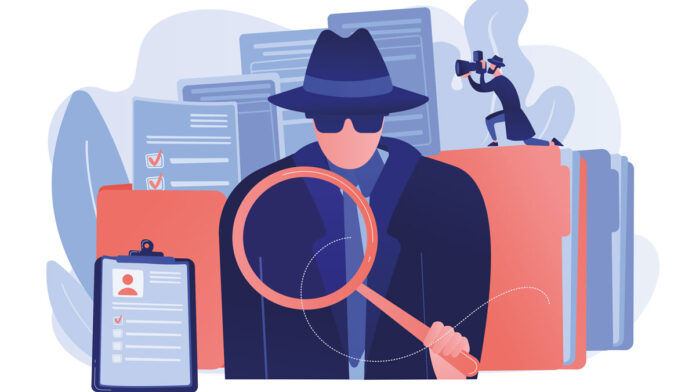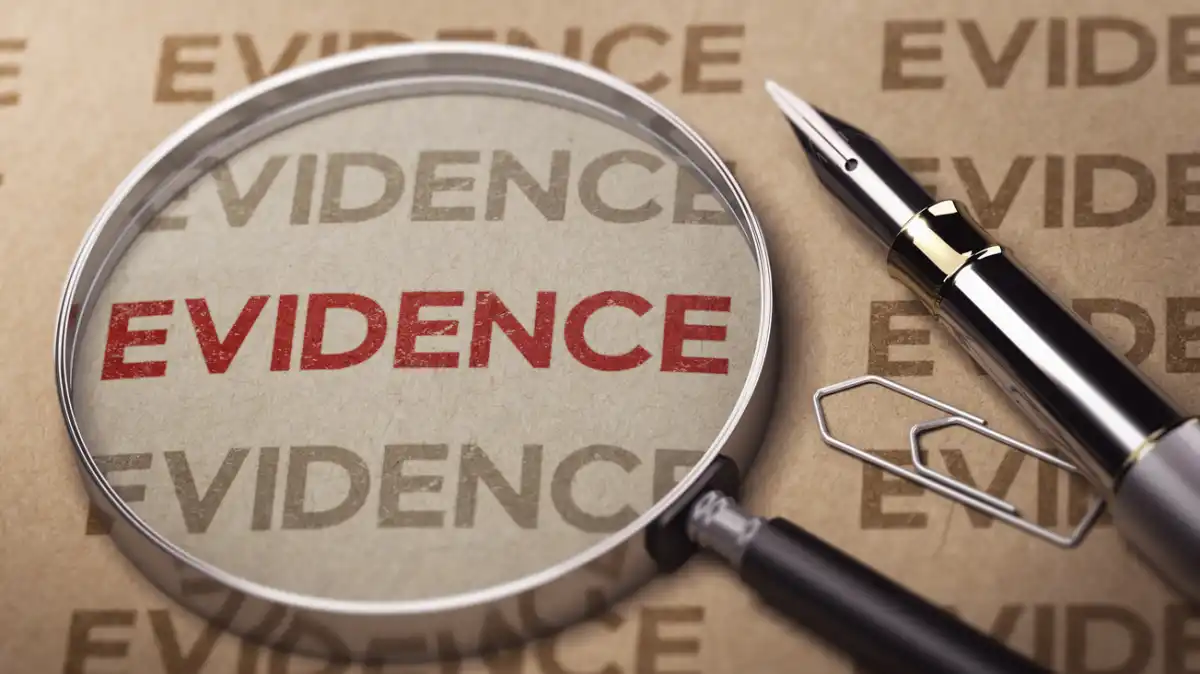In order for a workplace investigation to be successful in uncovering or preventing theft at work, it is important to establish a protocol. A protocol is a set of rules and regulations that must be followed in order to ensure that the investigation is done properly.
This includes deciding who is involved, setting deadlines for when the inspection should be completed, and creating processes for how the investigation is conducted. Establishing a protocol, it can be done more efficiently and with greater accuracy.
1. Developing a workplace investigation policy

Having a clear workplace investigation policy is essential to creating a positive and productive working environment, as well as deterring misconduct, including theft. It provides guidance for managers responsible for all aspects of an investigation should an incident occur, from the initial signs to look out for, to conducting the inquiry and taking any corrective action.
To effectively prevent – or handle – theft at work, your policy should outline the roles and responsibilities of employees and management, including:
- Reporting obligations: Which personnel must quickly report any suspicion of theft in accordance with company policies?
- Investigation procedures: What processes will be used when investigating a potential case of theft?
- Confidentiality: How will you keep the accused employee’s name confidential until the process has been completed?
- Documentation: How will you document each step of the process throughout an internal inqury?
- Disciplinary procedures: How will discipline be determined and enforced in cases where an employee is found guilty?
- Records maintenance policies: How long must records related to investigations be retained?
A well-developed protocol should also include key elements like privacy considerations (such as protecting employees’ right to privacy), privilege limits (including how attorney–client communications are treated), and clear expectations on how statements by witnesses are handled throughout an internal investigation process. This helps establish a framework that simplifies investigations going forward.
2. Creating an incident response plan
An incident response plan should include instructions on how to identify incidents quickly and report them immediately; who within the organization is responsible for overseeing the investigation process; what training is necessary for investigators (especially regarding labor law implications); guidelines for collecting evidence such as CCTV footage or witness statements; investigative techniques used in investigations; resources available from outside law enforcement agencies; negotiations with potential suspects; requirements for involving attorneys or arbitrators when appropriate; and repercussions for dealing with employees found guilty of committing theft or fraud.
3. Gathering evidence

In order to successfully complete a workplace investigation that will prevent theft, it is important to collect relevant evidence from individuals who may have information regarding the incident. It is important to ask questions in a non-confrontational manner and provide reassurances of confidentiality and anonymity if it is applicable. During questioning, take notes and make sure that any other people present (including the person in question) remain silent.
It is essential to conduct interviews by examining pertinent records such as timesheets, vehicle logs, work orders, log books, and video recordings from security cameras. Any evidence collected should be documented and kept in a secure location along with witness statements for further reference during the process. Note any discrepancies between employee activities or accounts that could indicate fraudulent behavior such as excessive overtime hours or expenditures without proper authorization.
4. Interviewing witnesses
Witnesses can provide valuable information, such as witnessed theft or suspicious activity related to stealing from the company.
When interviewing witnesses, certain techniques and strategies should be utilized to ensure that the process is effective and gathers the most accurate information. Here are some tips and considerations when conducting witness interviews:
- Clearly explain why they are being interviewed;
- Establish rapport with those being interviewed;
- Ask open-ended questions;
- Be exact when asking questions;
- Maintain impartiality during the interview process;
- Listen attentively, allowing room for clarification if needed;
- Gather follow-up questions as needed throughout the process, based on responses from those being interviewed.
5. Investigating financial records

The type of financial record depends on the type of theft being investigated. For example, if the target is cash theft within a retail setting, then payroll records will be necessary so as to compare employee hours to the amount of money that passed through a particular cash register. In other cases, such as when dealing with product inventory thefts from warehouses, registering and disbursement forms could be used to narrow down which product(s) are being stolen.
Depending on the situation, records such as tax returns or credit card statements could also be helpful in uncovering cases involving embezzlement or fraud. Other common documents used in investigations include bank statements, check stubs or electronic banking transaction logs.
6. Notifying the necessary parties
Once a workplace investigation is launched, it is important that a notification process be implemented to ensure all necessary parties are informed of the potential theft. Internal stakeholders who should be notified include the human resources department, logistics team, and security personnel. Depending on the severity of the incident, external parties such as law enforcement may need to be notified. When informing parties of an ongoing investigation process, details should remain confidential and be communicated in an appropriate manner that maintains professionalism.
It is important that employees involved in the investigation are made aware of their right to legal counsel and any other employee rights. Companies should also provide employees with guidelines on how they can bring up evidence or offer feedback during the investigation if they feel it necessary. If new evidence arises during the course of an investigation or if there are concerns of jeopardizing any potential legal proceedings, other individuals may need to be included in the notification process as well.
7. Taking disciplinary action

When taking disciplinary action, investigate carefully so that you have a clear understanding of what happened and what led to it. While you may not be able to make restitution for lost assets, you can still take steps to make sure it doesn’t happen again or punish those who were responsible. Common measures include:
- Restitution (e.g., returning stolen funds or property)
- Suspensions or terminations
- Job reclassification
- Warning letters placed in personnel files
- Required counseling, either through a company counselor/therapist or an outside professional/agency
- Training on policies and employee code of conduct
- Performance evaluations monitoring compliance
8. Documenting the results
Documenting results is an important step as it helps to provide a record of the steps taken in the process and provides closure. It also allows for any evidence to be preserved in case further action needs to be taken at a later date. The following elements should be considered when documenting the findings:
- Date and time of all conversations, including those with witnesses or those interviewed
- A record of the investigator’s impressions and assessment of each interview
- The exact language used during interviews whenever possible
- A clear summary document that includes detailed notes from each conversation
- Secure documentation, including any video recordings, audio recordings, or other digital files
- Summarize clear findings on whether theft has occurred
- Summarize reasonings for conclusions using data obtained in the investigation
- Describe any disciplinary measures or corrective actions proposed or taken
- Provide suggestions for policies and procedures which might prevent similar cases from occurring in the future
Conclusion
Workplace investigations are a crucial process in any organization, especially when it comes to theft. By understanding how to properly conduct an inquiry, you can uncover the truth and even prevent future incidents from occurring. With the right tools and techniques, you can get to the bottom of any workplace issue and create a safer environment for everyone involved.







